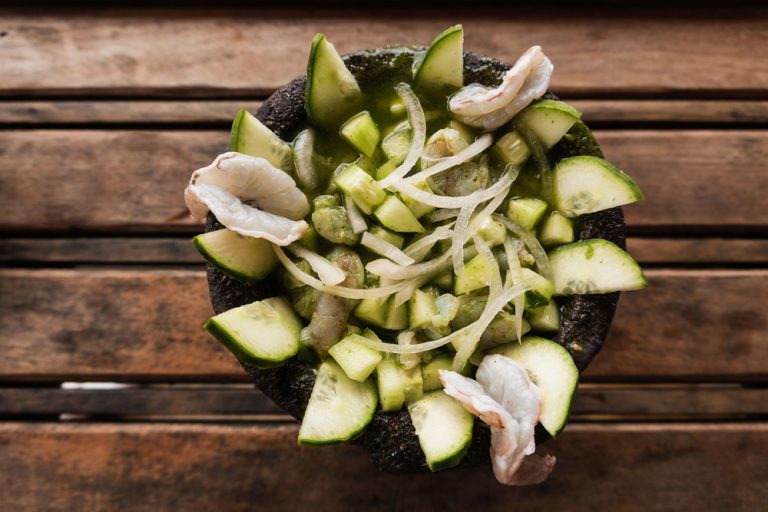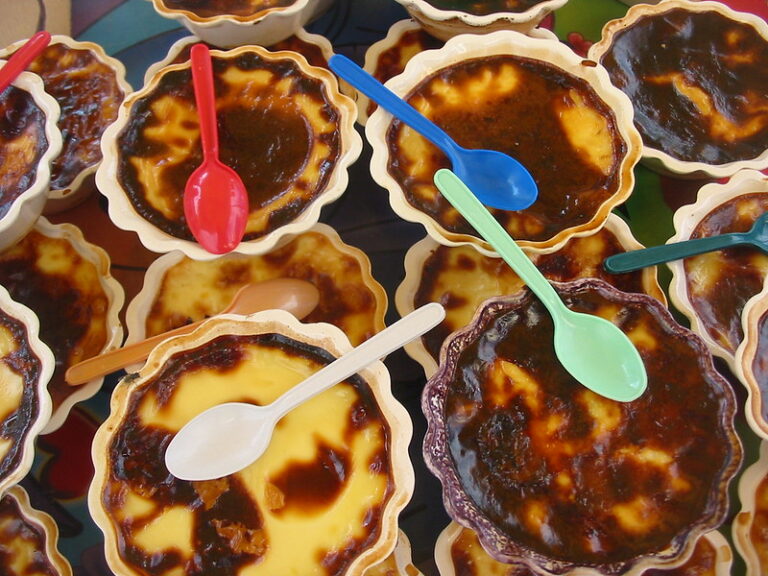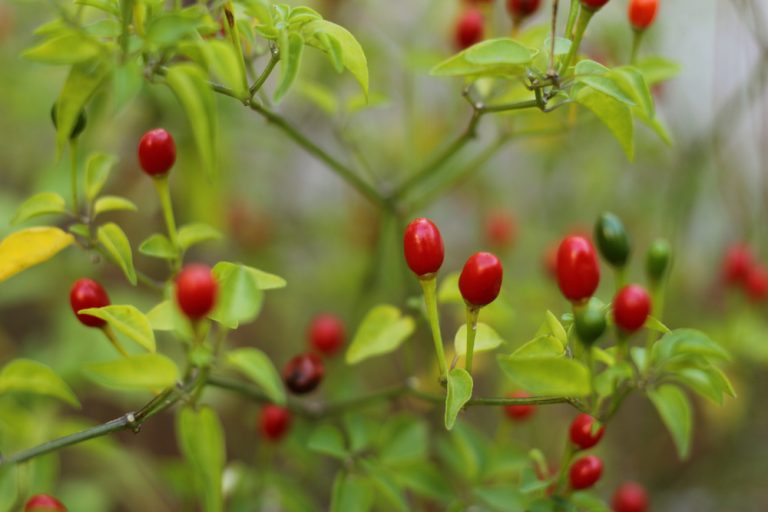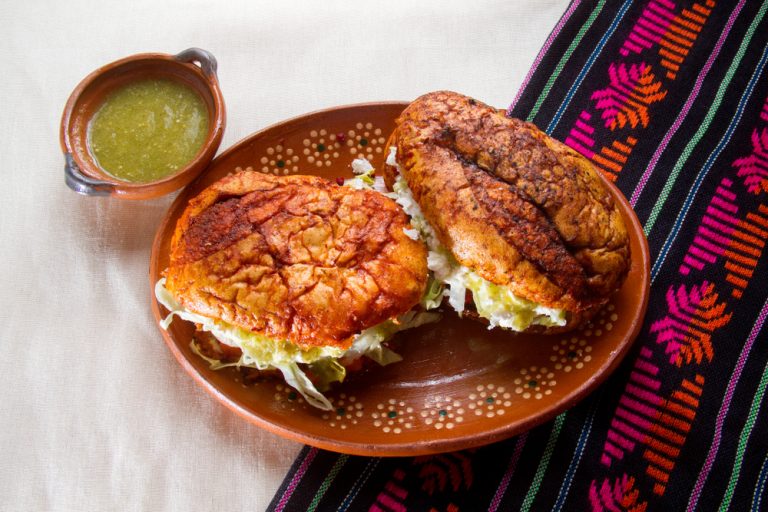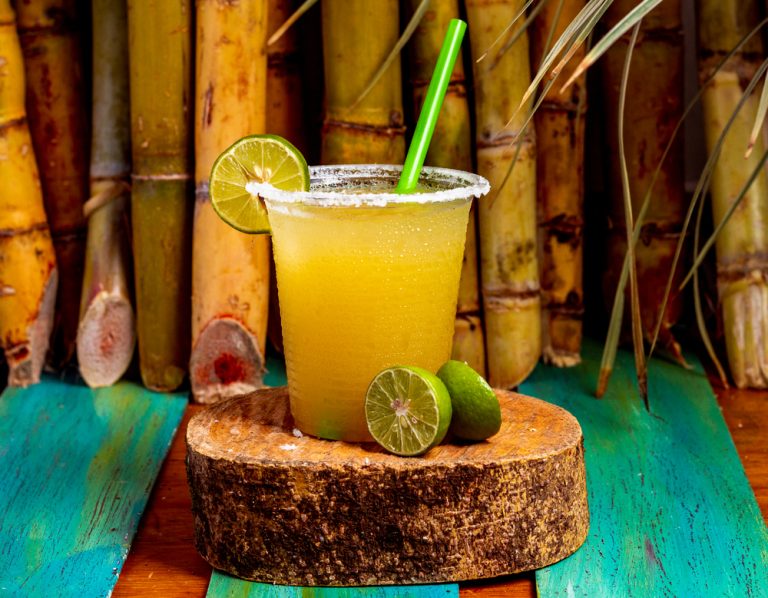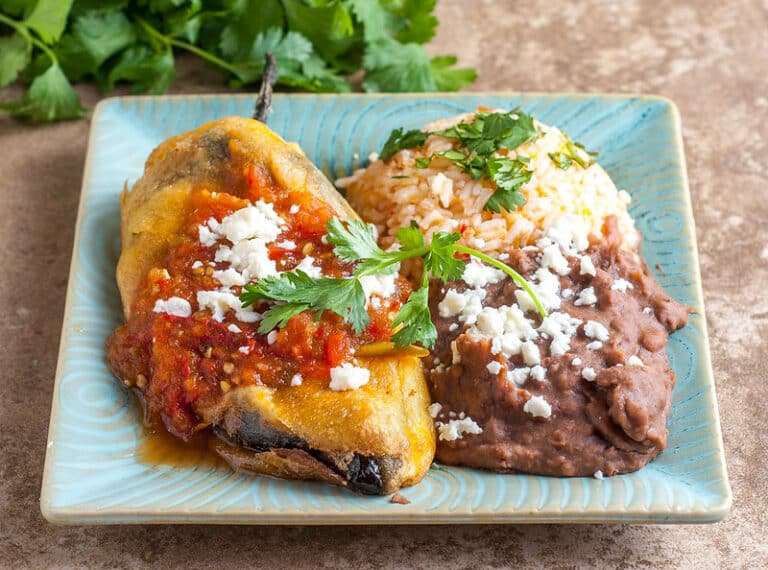The Chileatole: History and Recipe of a Spicy pre-Hispanic Atole
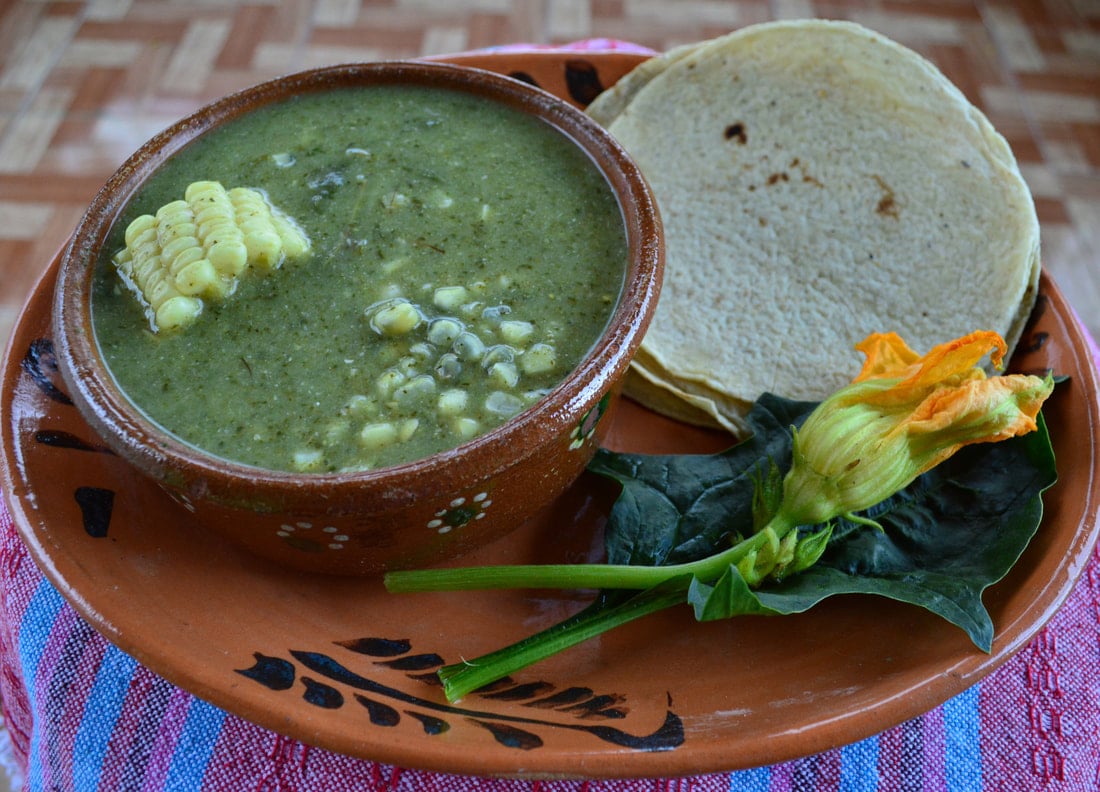
The Chileatole: History and Recipe of a Spicy pre-Hispanic Atole
Chileatole transcends the realm of mere soup; it embodies a rich tapestry of Mexican history and culture with every savory mouthful.
Mexican cuisine, often blending influences from diverse cultures, proudly maintains its deep-rooted essence and distinctive flavors.
Among these culinary treasures is Chileatole, a dish that tantalizes the taste buds.
Originating in pre-Hispanic Mexico, Chileatole underwent a transformation with the arrival of the Spaniards.
Today, this culinary gem is frequently enjoyed in the states of Puebla, Tlaxcala, and Veracruz.
What exactly is Chileatole?
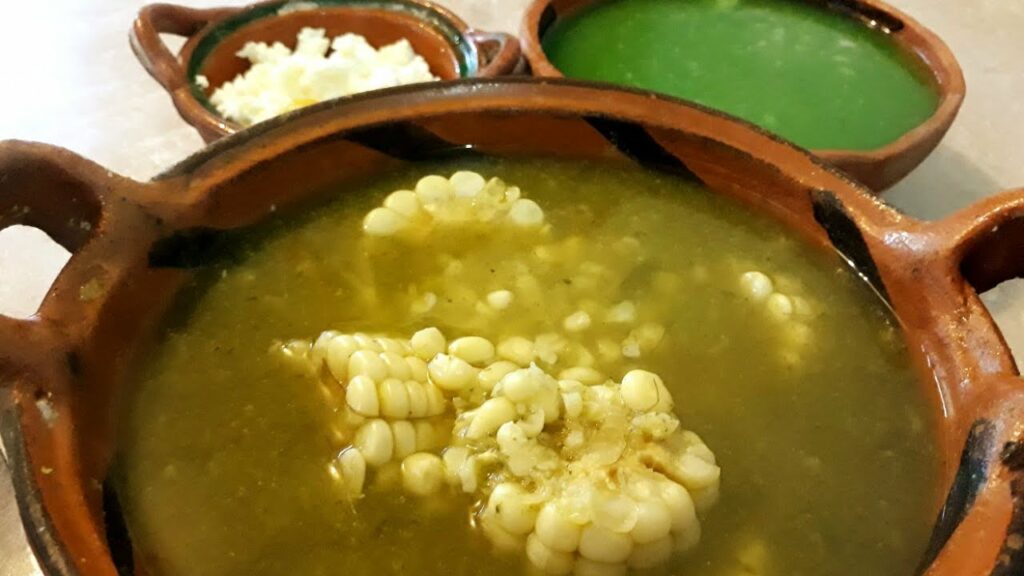
Chileatole is a type of soup made from green chiles, corn dough, and corn kernels.
The delicious spiciness is one of the special features of Chileatole.
One of the crucial ingredients for this dish is epazote, which greatly enhances the flavor and spice.
On the other hand, in other regions, such as in Orizaba Veracruz, they still use the original protein such as chito (dried donkey, goat, or horse meat) added to the stew.
It can also be prepared in a red version, which is nicely accompanied with shrimp.
History
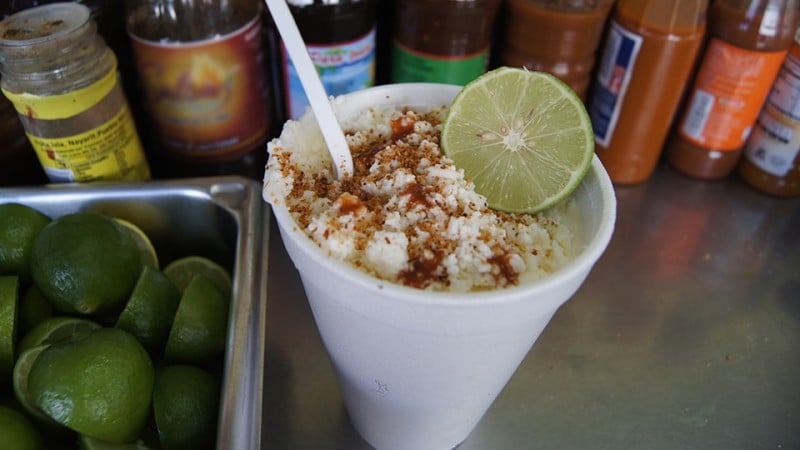
During Mesoamerican times, Chileatole was a beverage, long before it was considered a dish.
However, later on (during pre-Hispanic times in Mexico), this food originated. To prepare it, cocoa beans were ground until they reached a paste-like consistency.
This paste was then dissolved, and atole de masa, along with a touch of chili, vanilla, and honey, was added.
You may want to read: Mexican Molcajete: Your Ultimate Grinding Companion
In fact, this “beverage” was drunk by the Spaniards during the time of the conquest. Hernán Cortés himself recorded the existence of Chileatole in his Cartas de Relación.
However, the original flavor, which was a combination of the bitterness of cocoa and the spiciness of chili, the Spaniards chose to reject it.
Therefore, the ingredients and the way it was prepared were changed, giving rise to what we know today as champurrado (Mexican chocolate drink).
So what happened to Chileatole? Although it was no longer consumed as a drink, people reinvented it as a kind of soup.
Where to find Chileatole
This spicy pre-Hispanic soup is not easy to find. It is one of those rare delicacies not a lot of Mexicans know about.
Nevertheless, if you ever travel to any town in the states of Veracruz, Puebla, Oaxaca, and Tlaxcala, just ask any of the locals and they will point you in the right direction.
Chileatole Recipe
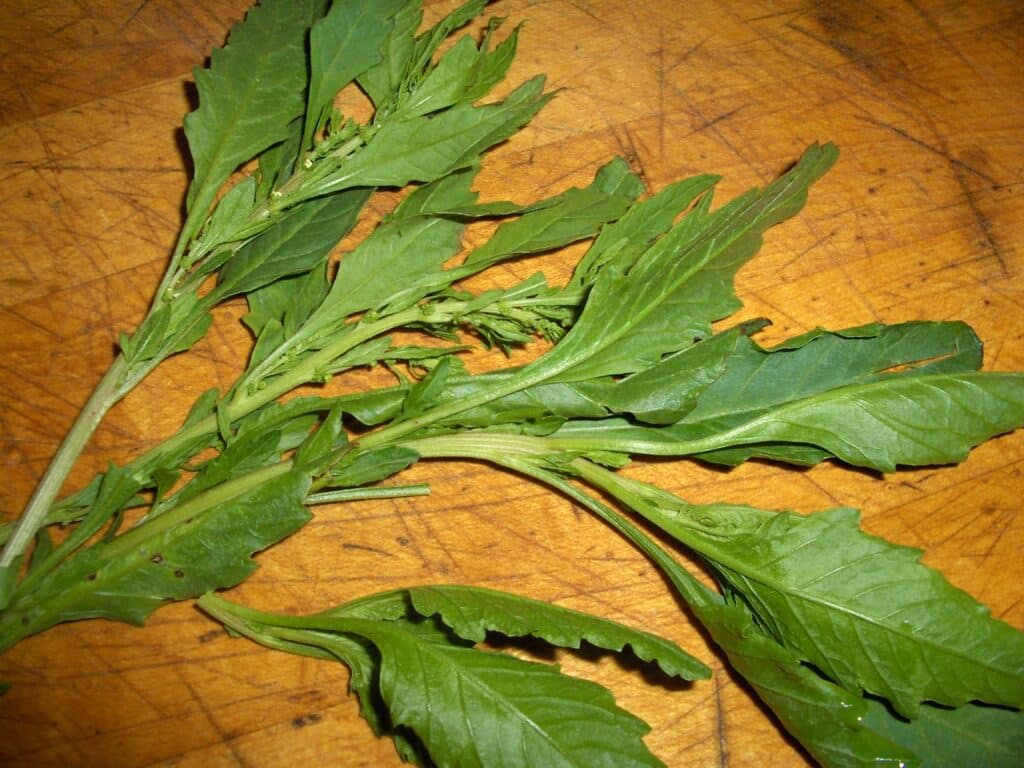
Don’t worry, you don’t have to travel to southern Mexico to try this ancient soup. You can easily make it at home and surprise your guests!
Ingredients
- 8 tender corn
- 1 1/2 liters of water
- 5 sprigs of epazote
- 50 g of serrano chiles
- 100 g of nixtamalized corn dough
- 2 cups of water
- Salt, to taste
- Fresh cheese, to taste
Preparation
Shuck the corn kernels using a sharp knife and then rinse them lightly. In a pot, heat the water and add the corn kernels with salt to taste.
Bring to a boil over medium heat until the corn is cooked through.
In a large bowl, dissolve the masa (dough) in two cups of water. Strain the mixture and pour it into the pot with the cooked corn. Stir well and bring to a simmer.
In a blender, puree the serrano chile and epazote with a little water. Strain the mixture and add it to the pot.
Stir everything constantly until it thickens and adjust the seasoning according to your taste. Remove from heat and serve hot, accompanied by fresh cheese. Buen provecho!

